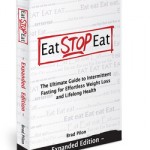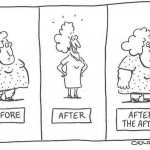

Product Name: Eat Stop EatAuthor Name : Brad PilonOfficial Page: www.eatstopeat.comEditors’ Score: 9,24 StarsUser Score: ExcellentCash Back Guarantee: YesRefund Guarantee: 60 day GenuineBonus Available : CertainlyShipping Interval: Quick SupplyThat is the official Eat Stop Eat diet review by someone who has read through the whole guide and employed its approaches in real life. Most Eat Stop Eat system reviews are written by people who have simply skimmed through the application but have never really applied the knowledge in real life. This Eat Discontinue Eat system review is unique as it is composed to expose the truth behind the Eat Discontinue Eat diet and ascertain if it actually lives up to anticipation and the hype. This Eat Stop Eat review will reveal to you all there is to know concerning the Eat Stop Eat diet plan which is certain to drive you towards having the body you’ve always dreamed of with ease. This Eat Discontinue Eat review will help you realize how this program can help, if you’re expecting to shed excess weight or increase contour
Link:
Eat Stop Eat Review – Is Brad Pilon Scam? | Best User Review









 For now classes are 6pm and 640pm at 2840 Wildwood st in the Boise Cloggers studio.
Book your class NOW!
click this ==>
For now classes are 6pm and 640pm at 2840 Wildwood st in the Boise Cloggers studio.
Book your class NOW!
click this ==>








